REFINANCE
Take Cash Out
Refinancing your mortgage is a fantastic way to tap into your home’s equity. With a cash-out refinance, I’ll work with you to refinance for a larger loan amount than you currently owe, and you get to keep the difference in cash. Since it’s considered loan proceeds rather than income, you won’t owe taxes on that money. Many homeowners use this cash to pay down high-interest debts (like credit cards or student loans), fund home improvements, cover education expenses, or meet other financial needs. Because mortgage interest rates are often lower than those on other debts—and may be tax-deductible—a cash-out refinance can be a smart strategy for reducing overall interest costs.
Get a Lower Payment
If you’re looking to lower your monthly mortgage payment, I can help you explore different refinancing paths. This might involve locking in a lower interest rate, removing mortgage insurance, or adjusting the term of your loan. A lower payment can free up money for other important parts of your life.
Shorten Your Mortgage Term
Refinancing to shorten the term of your mortgage is an excellent way to save on interest. Generally, a shorter term translates to a lower interest rate, which means fewer years of payments and significant savings over time.
I’m ready to guide you step-by-step through the entire refinance process! By the end of this tutorial, you’ll know exactly what steps to take to refinance your mortgage and whether this option is right for you.
Required Docs & Disclosures
To verify the details in your application, I’ll need the following:
- Signed Disclosures
- Complete Federal Income Tax Returns
- Two to five of your most recent pay stubs
- Copies of your current Mortgage Statements
- Homeowners Association information (if applicable)
- Name, agent, and phone number for your homeowner’s insurance
- A copy of your ID or Driver’s License
I’ll review all of this information to ensure accuracy before moving forward with the approval process. Let’s work together to make your refinance as straightforward and stress-free as possible!
List Your Goals
When you’re thinking about refinancing, I encourage you to clearly communicate your goals to me. Whether you want to lower your monthly payment, shorten your mortgage term, or cash out the equity you’ve built, knowing your specific objectives will help me find the best refinancing options for you.
Learn About Your Options
If you’ve decided that refinancing is right for you, let’s go over your options together. Here are some common reasons my clients choose to refinance:
- Reduced Monthly Mortgage Payment
Securing a lower interest rate can reduce your monthly payment, saving you money over the life of your loan. - Pay Off Your Mortgage Faster
Refinancing to a shorter term, such as switching from 30 years to 15 years, helps you save on interest in the long run. - Get Out of Your ARM
Moving from an Adjustable-Rate Mortgage (ARM) to a fixed-rate loan provides more predictable payments once the initial fixed period ends. - Debt Consolidation / Cash Out
A Cash-Out Refinance allows you to access your home’s equity to pay off high-interest debt or cover large expenses, like college tuition. - Eliminate Mortgage Insurance
Refinancing into a conventional loan with no mortgage insurance can save you money once you have at least 20% equity in your home.
Complete Your Mortgage Application
If you decide to proceed, the next step is to complete your mortgage application. This involves providing me with the financial details needed to determine the terms of your new loan. You can do this in person or online—whatever works best for you.
Required Information for a Comprehensive Loan Application:
- Name
- Income
- Social Security Number (to obtain a credit report)
- Property address
- An estimate of the property’s value
- Amount of the Mortgage Loan
If you have any questions while filling out your application, I’m here to assist. I’ll also review your application to ensure everything is accurate before moving forward with the approval process.
Now that you’ve learned about the various benefits of refinancing, you’re better equipped to decide if it’s the right move for you. If you’re ready to refinance—or just want more information—let’s talk!
I Offer Fixed-Rate Mortgage Options to Meet Your Needs
A fixed-rate mortgage ensures your monthly payment remains consistent throughout the life of your loan. Two key factors to consider when deciding on a fixed-rate option are:
- How long you plan on living in the home
- Current interest rates
If you expect to stay in your home for a long time, you may want to refinance to a fixed-rate mortgage, which offers predictable payments and protects you from rising interest rates. Because the difference in monthly payments can vary based on current rates, let’s work together to determine if a fixed-rate option is right for you.
Appraisal
I’m required to order a home appraisal to determine your property’s estimated market value before approving your refinance. The appraised value depends on several factors, including the number and size of rooms, comparable recent sales in the neighborhood, and any features or traits that affect your home’s value. I’ll use this appraised value to determine your loan amount and terms.Underwriting
Once I receive your complete mortgage application and all relevant documentation, I’ll forward your file to a processor. The processor will review and prepare your file for underwriting. An underwriter will then evaluate your application and may request any additional information needed to move forward with your loan and secure the necessary approvals for closing.Conditional Approval
A conditional approval means the underwriter has authorized your loan provided you meet certain criteria before we schedule closing. You won’t receive a Clear-to-Close (CTC) until all underwriter requirements are satisfied. To avoid letting your rate lock expire, please be ready to supply any requested documents as soon as possible. If you have any questions about your loan’s conditional approval or current status, don’t hesitate to reach out to me for clarification.Review & Sign the Closing Disclosure
I will send you the Closing Disclosure, which, like the Loan Estimate, is required by law for your protection. You’ll receive this document at least three business days before your closing date. It outlines critical details about the loan program you’ve chosen and all the transaction costs, as well as the closing date.
If any information on the Closing Disclosure seems incorrect or doesn’t match what we discussed, please let me know so I can explain or correct it.
Closing Your Loan
Once all your loan approval requirements are met, I’ll contact you to schedule a closing date. During closing, you’ll sign the final documents and pay your closing costs.
Documents Requiring Your Signature Before Closing
- Promissory Note
This indicates that you accept the loan terms I’m offering and agree to repay the loan amount plus interest. It specifies your payment schedule, where to send payments, and the penalties for late payments. - Mortgage, Security Instrument, or Deed of Trust
By signing this, you provide me with the right to foreclose on your home if you fail to make timely payments. The lien on your property will be released once you’ve paid off the loan in full. - Initial Escrow Information
This disclosure details the monthly amounts you’ll pay into escrow for taxes and insurance. - Affidavits and Declarations
These legally binding documents clarify your financial obligations and legal rights as a homeowner. - Right to Cancel Form
After your refinance closes, you have three business days to cancel (or rescind) the loan. This form explains how and when you can cancel, as well as the possible implications.
Funding Period
Once you’ve signed all the final closing documents, my closing department will review everything and approve your loan for funding. This process may take up to three business days before the loan is officially funded.

